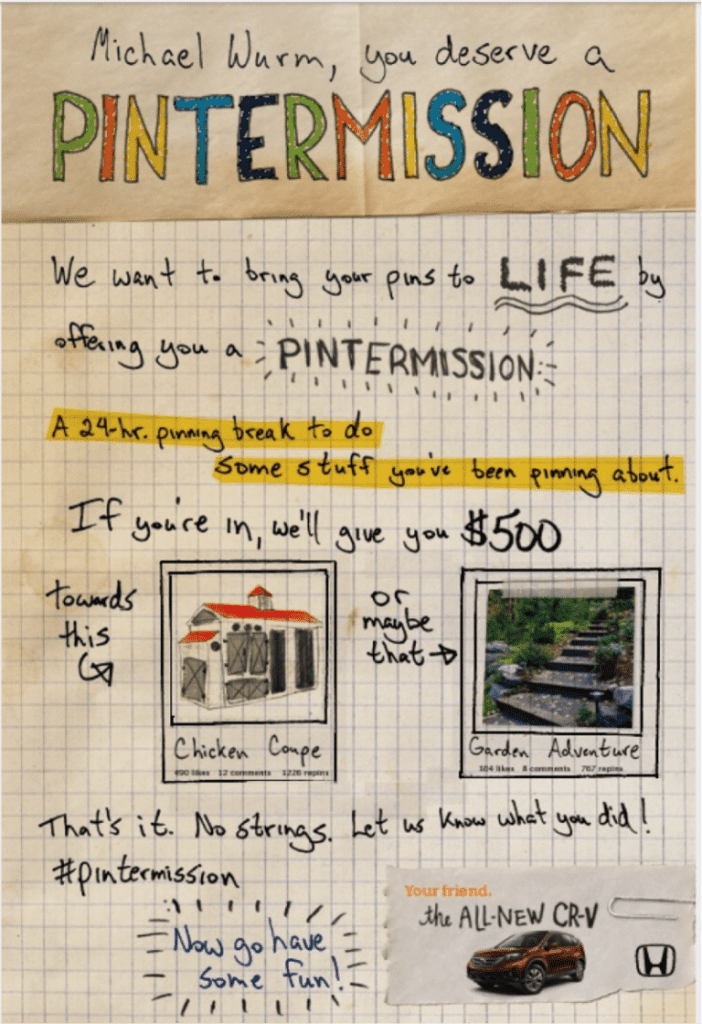
Pinterest Campaigns!
Since launching in 2010, Pinterest has grown to become one of the preeminent social networks available today. In 2015, they surpassed the 100 million active users mark and were valued at $11 Billion Dollars. Yet, while the app has enjoyed enormous success in its own right, there are still some people who are unaware of just what to do with Pinterest, save for posting pictures and repinnning content from others. In particular, many wonder which businesses are having success and how they are able to utilize Pinterest to engage their followers.
Any brand that communicates effectively through the visual medium can use Pinterest to great effect. For example, businesses in realms such as the culinary arts, home improvement, photography, travel, and fashion have seen their relationships with users grow as a result of using the service. Also, brands that do well with women are also likely to rate well amongst users: The Wall Street Journal reported at the end of 2014 that 85% of Pinterest’s users were women.

There are two types of Pinterest campaigns that have proven to be the most effective for companies using the app. Traffic campaigns are made to direct people back to your home base, bringing users to your website or increasing the numbers of customers who purchase your products. Engagement campaigns are tailored to increase the impressions you make across the Pinterest platform, by inviting people to interact with your Pinterest boards and inspiration ideas. Both types of campaigns have seen creative iterations from brands, effectively vocalizing their message and ideas to followers who Pin, save, and share their posts and original content.
There are incredible examples of companies who have used their Pinterest accounts to contribute well-planned, interactive campaigns that not only wow advertisers but drive interest and sales.
Time and time again, Honda’s brilliant Pintermission campaign of 2012 has been discussed as a high point of customer engagement on Pinterest.

They wanted to promote a “get out and live” lifestyle, as part of the rollout for their new CR-V. So, they went to five influencer Pinners and asked them to take a break from the app for a day. The chosen Pinners would also receive $500 to do some of the things they had been Pinning on the site. In addition to winning Honda the “Best Use of Pinterest” category in PR Daily’s Digital PR & Social Media Awards, the Pintermission campaign also made 16 million media impressions, was exposed to 4.6 million people, and garnered upwards of 5,000 repins and 2,000 likes. For obvious reasons, it’s a shining example of outreach done right.
Whole Foods is another brand that benefits from being able to communicate more than just pictures of organic produce to its followers. With about 303,000 followers and more than 30 boards, Whole Foods displays its healthy living perspective with ideas for gardening, fitness, and recipes galore.

Yet, more than anything, users and experts alike stress the importance of displaying the actual inspirations of a business as a key to being successful with users. On the business section of the Pinterest site, it reads, “Businesses are most successful on Pinterest when they encourage people to explore and share content that represents their authentic interests.” Take, for instance, the fact that Pinterest reworked its Terms and Conditions concerning a hallmark of many successful campaigns: contests. Get a look at the additions that were made to the Contest rules:
“…moving forward, we won’t allow contests that:
- Suggest that Pinterest sponsors or endorses them or the promotion
- Require people to Pin from a selection (like a website or list of Pins)
- Make people Pin the contest rules
- Run a sweepstakes where each Pin, board, like or follow represents an entry
- Encourage spammy behavior, such as asking participants to comment
- Ask to vote with Pins, boards or likes
- Require a minimum number of Pins.”
Everything that is being outlined in those rules is essentially pushback against companies who only intend to use Pinterest to blindly build a following or drum up support rather than an honest dialogue with their followers based off of creativity and curation. It’s not that difficult of a pull either; Pinterest has said that 75% of saved Pins come from businesses. It’s simply a matter of voicing and communicating properly. On a platform where people are coming to your board for a dinner recipe, ideas for a DIY interior design project, high-quality fashion images, and wedding inspiration, no one wants to feel like they are being forced to participate in an activity or forcibly sold anything.



